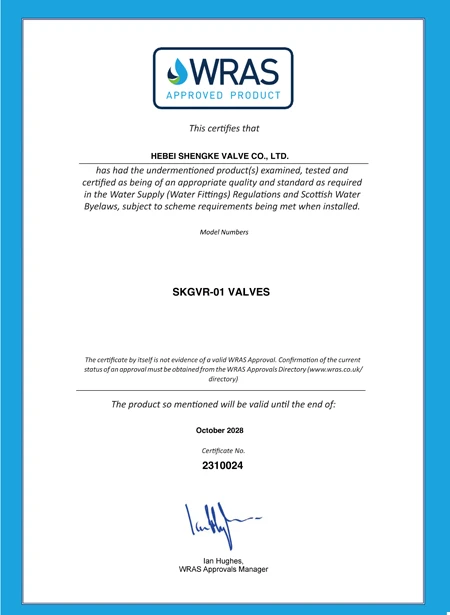Dùbh . 05, 2024 04:28 Back to list
Understanding the Function and Importance of Gate Valves in Fluid Control Systems
The Significance of Gate Valves in Fluid Control Systems
Gate valves are one of the most crucial components in fluid control systems, widely used in various industrial applications ranging from oil and gas to water treatment. Known for their simplicity and effectiveness, these valves serve as on/off controls in pipelines, allowing fluid to flow through or blocking it entirely. This article delves into the features, working principles, applications, advantages, and considerations associated with gate valves.
Understanding Gate Valves
Gate valves are designed to provide a straight-line flow of fluid with minimal pressure drop when fully open. They consist of a valve body, a gate (or disc), and a bonnet. The gate is moved up and down by a stem, which is operated manually, or via electric or hydraulic actuators in more sophisticated setups. When the valve is fully open, the gate is lifted above the flow path, allowing fluid to pass with little resistance. Conversely, when the valve is closed, the gate seats against a machined surface in the valve body, providing a robust seal.
Working Principles
The core operating principle of gate valves focuses on the gate’s movement. When turned clockwise, the gate moves downward, closing the passage. Conversely, turning the valve counterclockwise raises the gate, allowing fluid flow. This mechanism is straightforward yet effective, making gate valves reliable for applications requiring full fluid flow when open and complete isolation when closed.
Applications of Gate Valves
Gate valves are employed in various sectors. In the oil and gas industry, they are essential for controlling crude oil and natural gas flow. In water treatment facilities, they regulate the distribution of treated water. Power plants utilize gate valves in steam and cooling water systems, while manufacturing facilities use them to manage various process fluids. Their versatility extends to residential plumbing systems as well, where they are often used for shut-off valves.
gate valve

Advantages of Gate Valves
One of the main advantages of gate valves is their ability to maintain a laminar flow when fully opened. This feature significantly reduces turbulence, minimizing wear and tear on the piping system. Additionally, gate valves have a relatively simple design, which makes them easier to manufacture, maintain, and replace. They also cope well with high-pressure applications, making them an excellent choice in various demanding environments.
Moreover, gate valves generally provide a tight seal when closed, which is crucial in systems needing to prevent leaks. Their availability in different materials, such as brass, bronze, and stainless steel, allows selection based on the specific fluid type and environmental conditions.
Considerations When Using Gate Valves
Despite their many advantages, gate valves also have limitations. They are not well-suited for applications where frequent cycling is necessary, as their design is intended for full open or closed positions. Excessive cycling can cause wear and ultimately lead to failure. Moreover, gate valves can be more expensive than other types of valves, like globe or ball valves, making cost a consideration in budget-sensitive projects.
Another concern is that gate valves can be prone to corrosion and damage if not selected properly for the specific application, particularly in severe service conditions.
Conclusion
In summary, gate valves play an invaluable role in the control and management of fluid systems across various industries. Their ease of use, reliability, and efficiency make them a preferred choice for many applications. However, careful consideration is required in their selection and application to ensure optimum performance and longevity. As industries continue to evolve and innovate, gate valves will remain a cornerstone of fluid control technology, adapting to meet the demands of modern engineering challenges.
Share
-
Reliable Wafer Type Butterfly Valves for Every IndustryNewsJul.25,2025
-
Reliable Flow Control Begins with the Right Ball Check ValveNewsJul.25,2025
-
Precision Flow Control Starts with Quality ValvesNewsJul.25,2025
-
Industrial Flow Control ReliabilityNewsJul.25,2025
-
Engineered for Efficiency Gate Valves That Power Industrial PerformanceNewsJul.25,2025
-
Empowering Infrastructure Through Quality ManufacturingNewsJul.25,2025